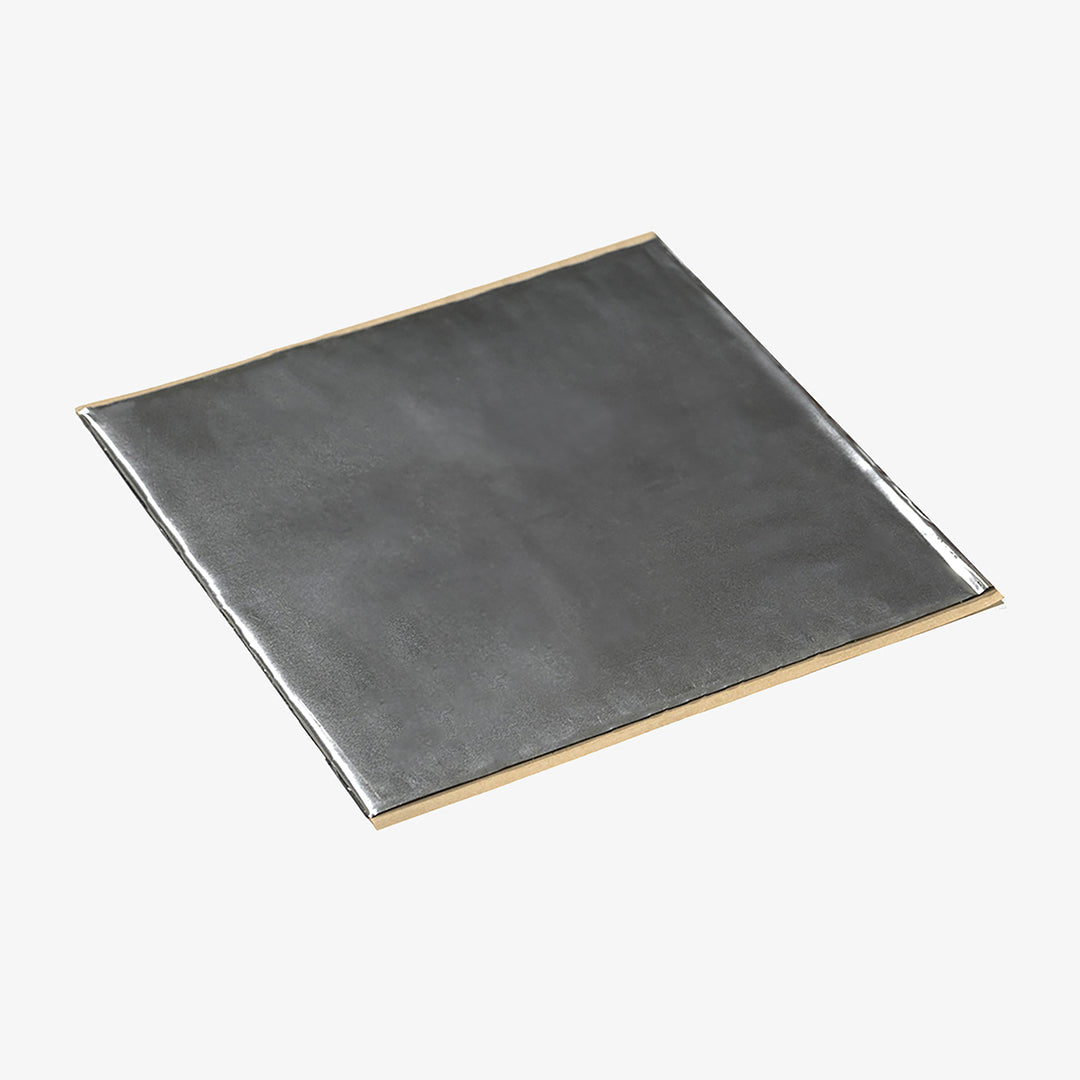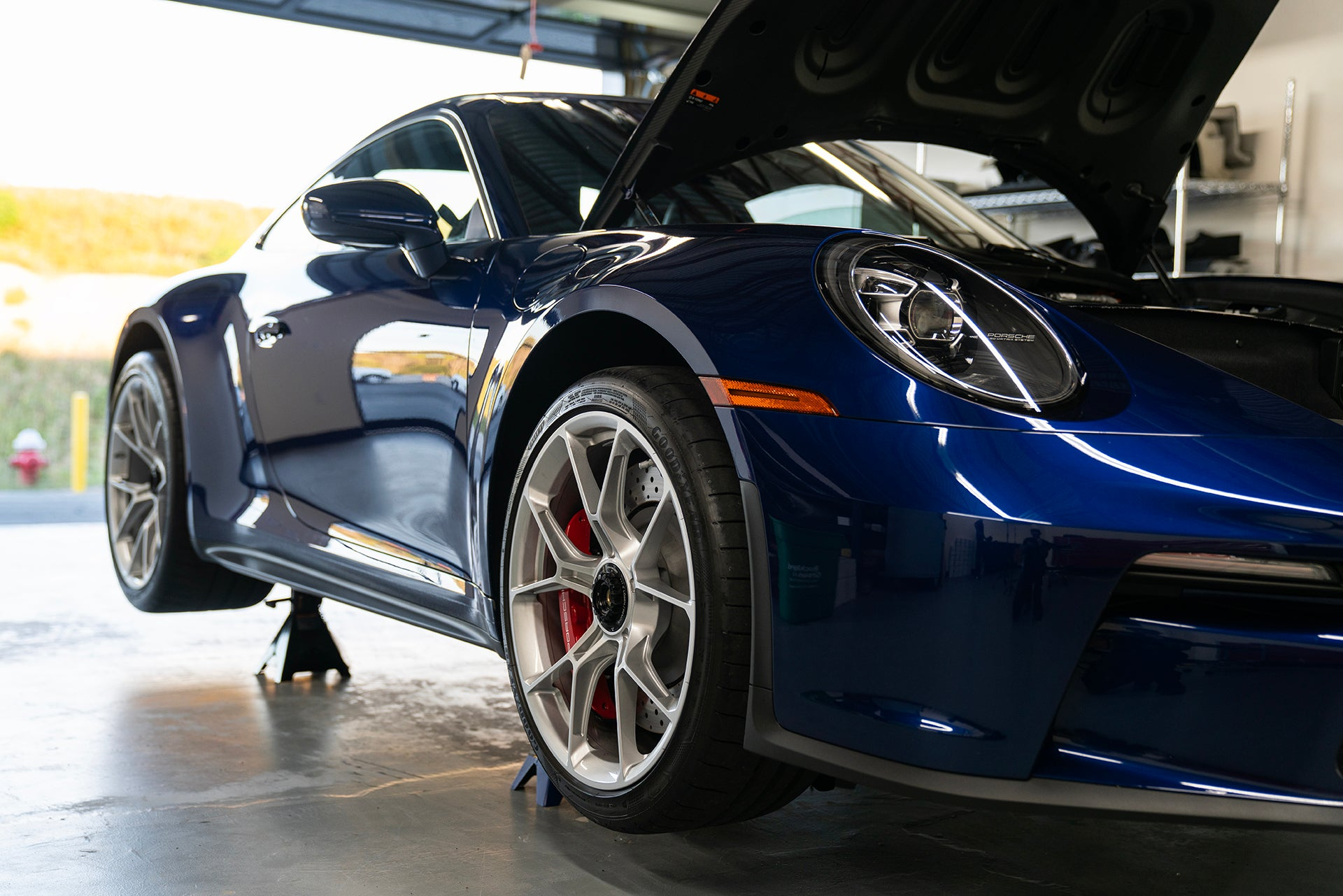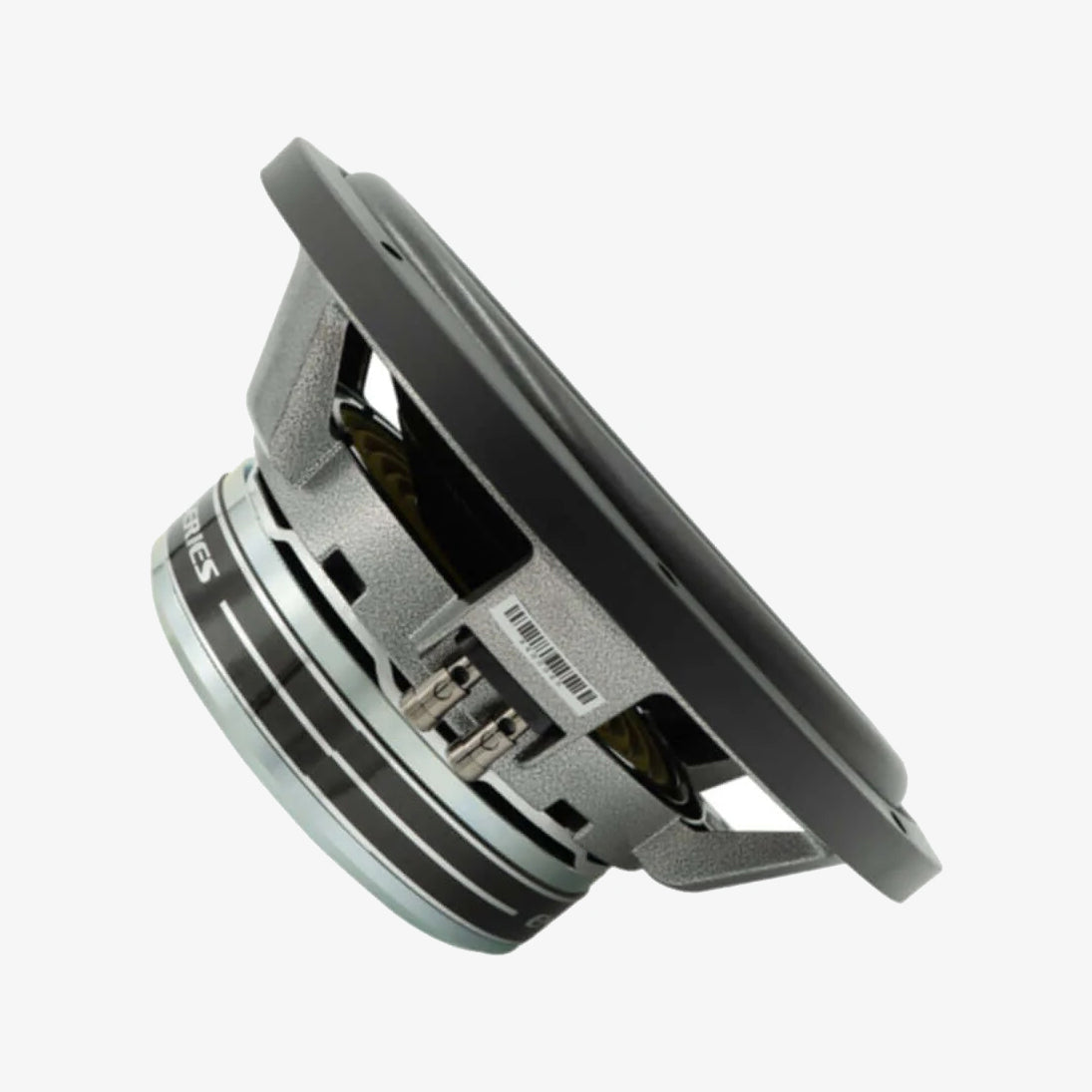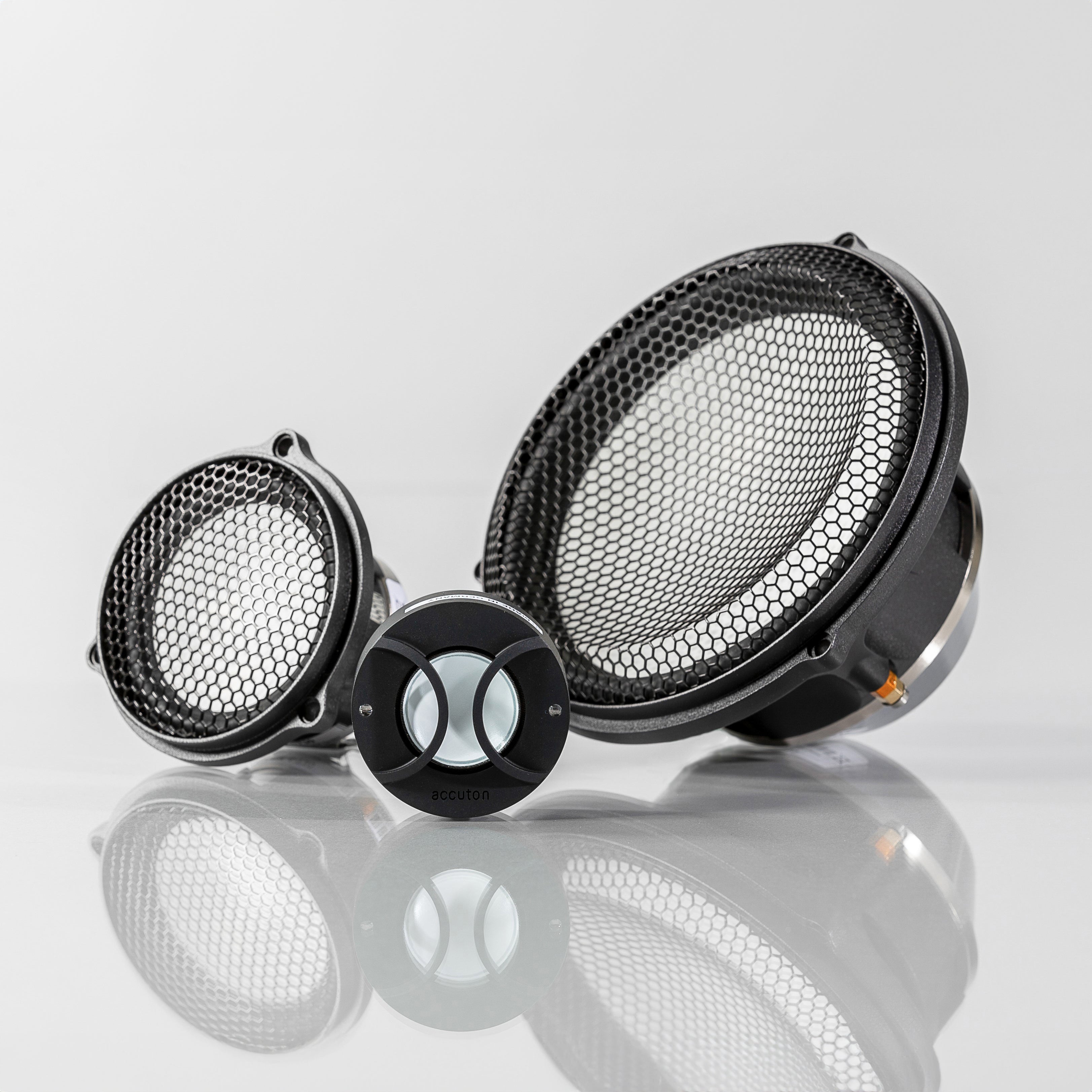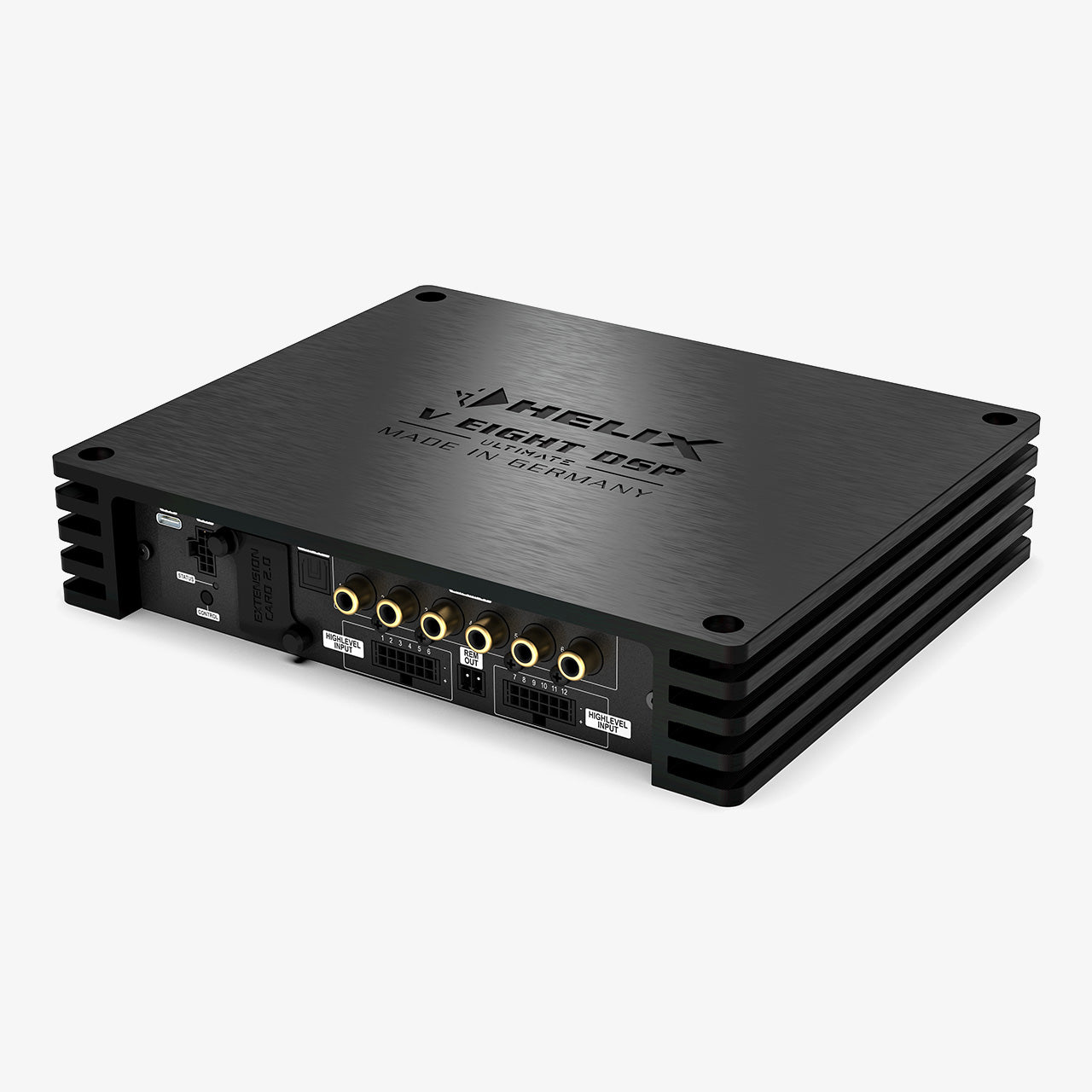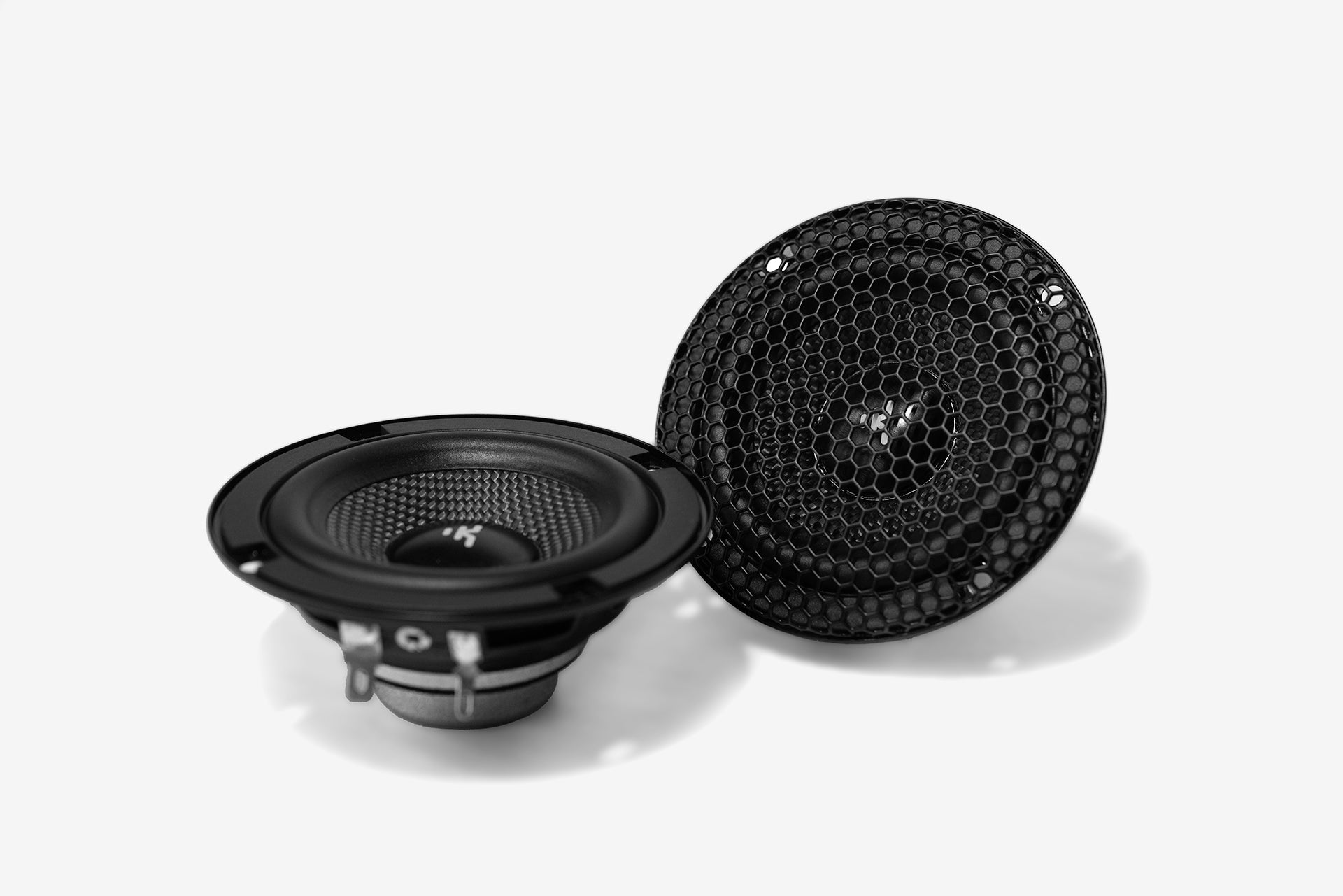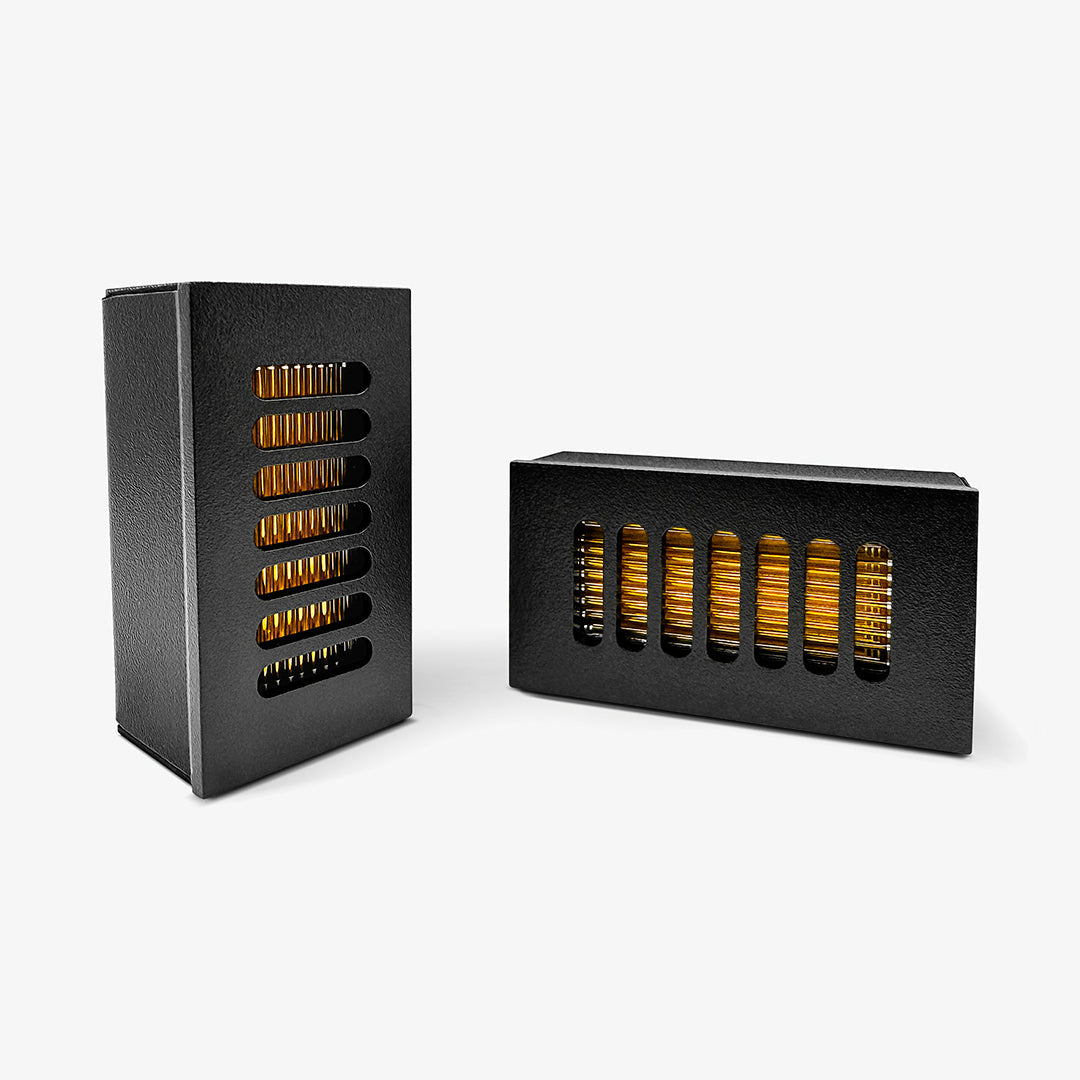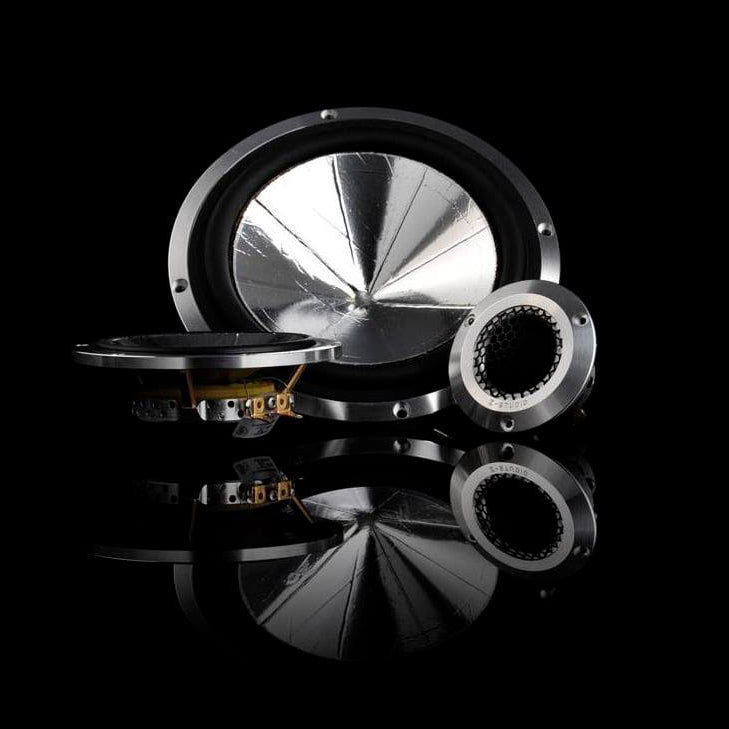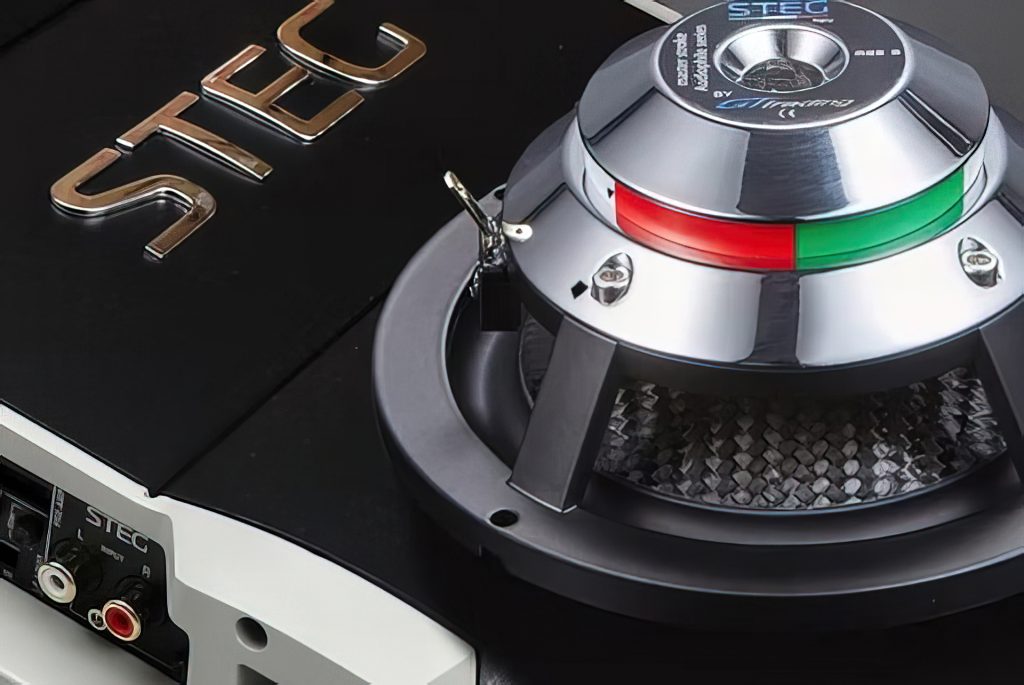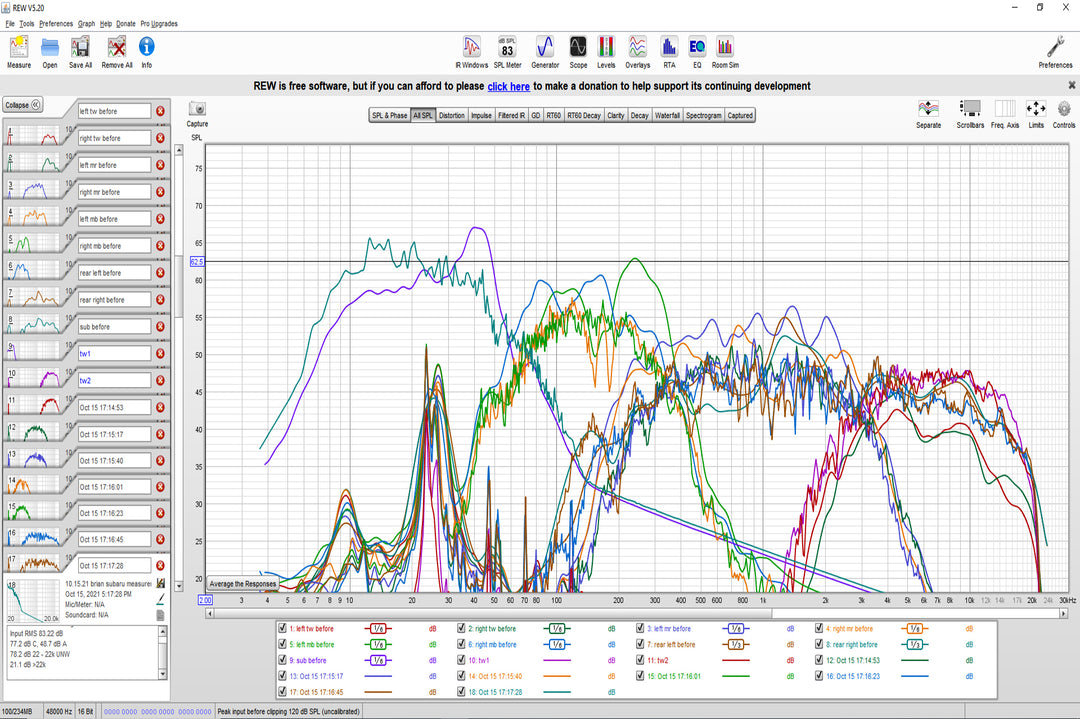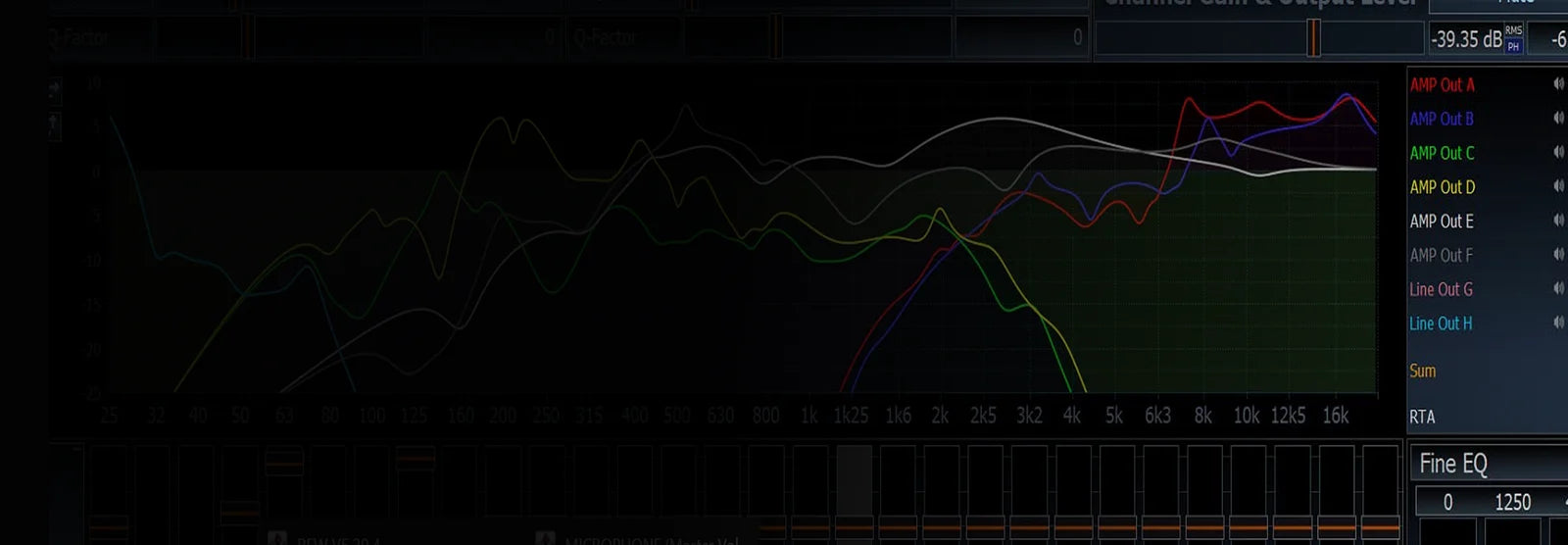
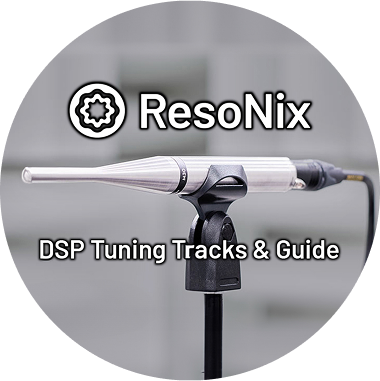
Tune by Ear
Tracks & Tips to Perfect Your Sound
Our DSP Tuning Tracks Playlist and DSP Tuning Guide is designed to be used in order with my tuning method. No, this is not a full tuning guide. In order to utilize this page and our DSP Tuning Tracks fully, you will already need to know the basics of tuning, from measurements, verifying by ear, and all of the terminology and all of the basic understandings of how an audio system works. If you are not confident on being able to do the Car Audio DSP Tuning on your own, we also offer a Remote Car Audio DSP Tuning Service.
DSP Tuning Breakdown
Car Audio DSP Tuning Process
My personal quick rundown of my Car Audio DSP Tuning Process using our DSP Tuning Tracks Playlist (no, this is not a full guide)
First, the ResoNix Sound Solutions REW Target Curves Overview
First, some details about the ResoNix Sound Solutions REW target curves linked above. Inside the folder, you’ll find two text files. Each one is a different target curve that I personally use for system tuning.
The "Accurate" 2023 target curve is what I use in most vehicles and usually use in my own system. It leans toward what I’d consider technically correct, with a relatively flat midrange, a little less low-end boost, and a bit more top-end energy. If you’re chasing accuracy and fidelity to the source, this is usually the best place to start. That said, it can be a bit fatiguing over long or loud listening sessions, and the lighter bass response doesn’t always hold up as well against road noise when driving.
The "Laid Back" June 2025 curve is something I’ve been using in my personal car for about a year now on some occasions. It adds a bit more low end, pulls back the upper treble, and is tuned more specifically for how my system behaves and how I like it to sound under certain circumstances. I wouldn’t call it more accurate, but it can be more enjoyable in some situations, especially with the music I tend to listen to and the way it’s recorded and mixed.
This leads into why target curves are not one-size-fits-all. The right curve depends on a lot of factors, and they’re not always obvious.
Vehicle acoustics play a big role. Cabin size affects how much bass lift is needed. Reflections behave differently from car to car and even from location to location inside the same car. A-pillar tweeters will behave differently than sail panel or dash-mounted ones. On top of that, speaker polar response changes with crossover design and placement, and in many cases, what the RTA measures doesn’t match how we actually perceive certain frequencies.
For example, in my car, I run my tweeters and mids with an unusually high crossover point of 5000 Hz (not that I want to, but it is to overcome an acoustic reflection issue that is present on the left tweeter that shows itself with more traditional crossover points). That creates a narrow upper midrange dispersion, so while the mic sees a dip in energy at those frequencies, my ears don’t necessarily hear it that way because of how that off-axis energy interacts with the cabin.
Even beyond the car and gear, the same measured response can sound different depending on the distortion profile of the speakers being used. Two systems can be matched to the same target but sound completely different because of how cleanly or harshly they reproduce certain frequencies.
So unless your vehicle, speaker setup, measurement mic, and methodology are all identical to mine, your system won’t measure or sound exactly the same using the same curve. That said, These curves can still both work well for many as long as you are using the same measurement method. I am just trying to prepare you for the fact that no car is done being tuned once the target curve is reached.
For reference, I use an Earthworks M23 mic with an external soundcard. I use the pink noise that you will find in our google drive folder of tuning tracks, and I take measurements using REW’s RTA. I sit in the driver’s seat and take a spatial average around my head and ears. I’ve tried just about every method out there, and this one gives me the most consistent and accurate results in real-world listening.
Enjoy!
Step-by-Step
My Personal Rundown of my Car Audio DSP Tuning Process using our DSP Tuning Tracks Playlist
(Note: this is not a full guide)
Playlist for Precision by Ear
Track List Breakdown
Track 01: Correlated Pink Noise -10dB
Track 02: Center
Track 03: Left
Track 04: Left Center
Track 05: Center
Track 06: Right Center
Track 07: Right
Track 08: Absolute Phase
Track 09: Seven Snare Drums Across The Sound Stage
Track 10: Pink Noise Uncorrelated
Track 11: Position Center
Track 12: Position Left
Track 13: Position Left Center
Track 14: Position Center
Track 15: Position Right Center
Track 16: Position Right
Tracks 17 – 48
Check Out Our Remote DSP Tuning Service
Check Out Our Remote DSP Tuning Service
The Remote DSP Tuning Service by ResoNix Sound Solutions provides expert tuning for your car audio system through remote access. Perfect for those seeking optimal sound quality but lacking the confidence or tools to achieve it on their own, this service guides you through a professional tuning process, ensuring your system is dialed in for the best possible performance. The service includes a comprehensive follow-up period to fine-tune the results based on your feedback.


